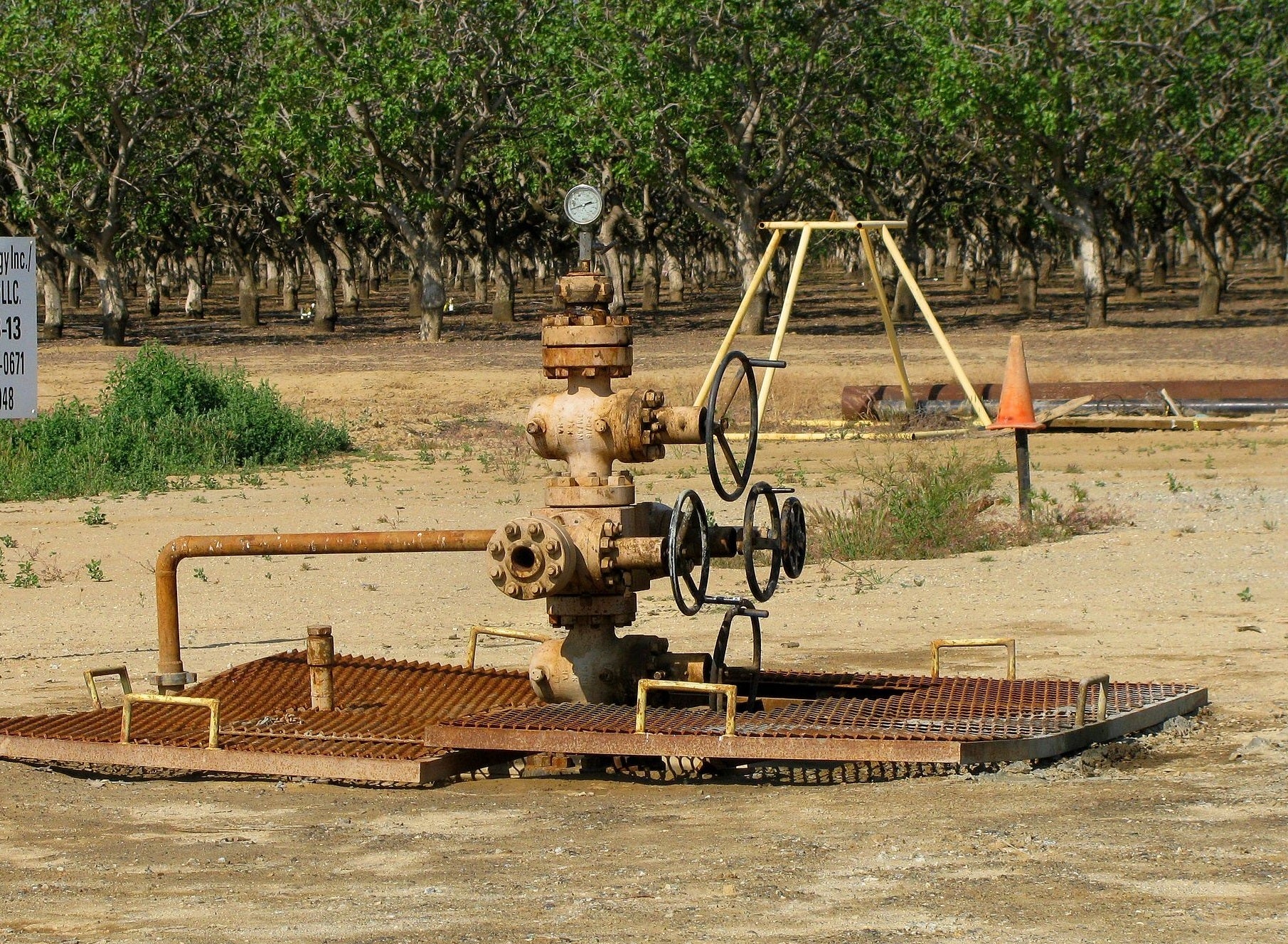Another Study Confirms Methane Problem Warrants Action
 This post was updated on February 10th.
This post was updated on February 10th.
A new study from the U.S. Department of Energy adds to the large and growing body of research on the problem of methane emissions from the oil and gas industry. Methane is both the main component of natural gas and a powerful climate pollutant – which is why regulators, scientists, and industry all have a vested interest in developing a more complete understanding of how much methane is emitted and from which sources.
Researchers with the Department of Energy’s National Energy Technology Laboratory (NETL) used a life cycle model to integrate data from several of EDF’s methane studies, and estimated that 7.3 million metric tons of methane were emitted along the natural gas supply chain in 2012. This value is about 10% higher than the corresponding estimate in the 2016 EPA Greenhouse Gas Inventory (GHGI), although the difference was not statistically significant (the NETL confidence interval ranged from -20% to +30% of the central estimate).
The NETL effort provides additional support for the methodological changes that EPA made in the 2016 GHGI that resulted in a 13% increase in estimated emissions from natural gas systems relative to the 2015 GHGI. While the new NETL and revised EPA estimates are reasonably similar, there are important differences in emissions from specific source categories.
The NETL study and 2016 EPA GHGI both show an outsized influence of pneumatic controllers and gathering compressor stations. The NETL study also highlights “unassigned” emissions sources at production sites, which a recent paper attributes to unintended, unpredictable conditions that lead to large emissions – ‘super-emitters’. Although EPA has discussed including super-emitters in the GHGI, the 2016 GHGI largely excludes these large sources.
What about emissions from gas-producing oil wells?
The NETL study serves as a lower-bound estimate of methane emissions from the U.S. natural gas supply chain. Based on life-cycle modeling conventions, NETL made a choice to assign natural gas condensate to the petroleum supply chain and exclude condensate tank emissions from their life-cycle model.
Further, the NETL study does not explicitly account for emissions from oil wells that co-produce natural gas. Oil wells, which currently produce about 30-40% of total U.S. natural gas, likely have higher proportional loss rates than gas wells. We know from aircraft measurements of atmospheric methane enhancements in a diversity of geographies that basins with higher proportions of oil-to-gas production exhibit higher proportional methane leak rates. Condensate tank emissions and higher proportional loss rates from oil wells mean that overall emissions from the integrated oil and gas supply chain are higher than the NETL estimate.
What’s next
This is the first time that data from a subset of the studies coordinated by EDF have been integrated to produce a national estimate of the methane emissions from a large portion of the natural gas supply chain, but this study’s narrow focus on natural gas production wells means it does not provide a complete picture of overall methane emissions associated with the production and delivery of natural gas in the U.S. A synthesis that examines a more diverse and complete set of sources of methane emissions across the oil and gas industry is being conducted and the results should be out later this year. That effort will disaggregate emissions down to the basin and county scale in order to examine regional variability in emissions and to enable comparison to published top-down estimates.
Our understanding of oil and gas methane emissions will undoubtedly be strengthened as more scientific research unfolds, but there is one thing NETL’s study makes clear now. It underscores the urgent need to reduce the oil and gas industry’s methane problem, which at current levels, undercut the climate benefits natural gas may have over other fossil fuels.
Image source: Antandrus at English Wikipedia











